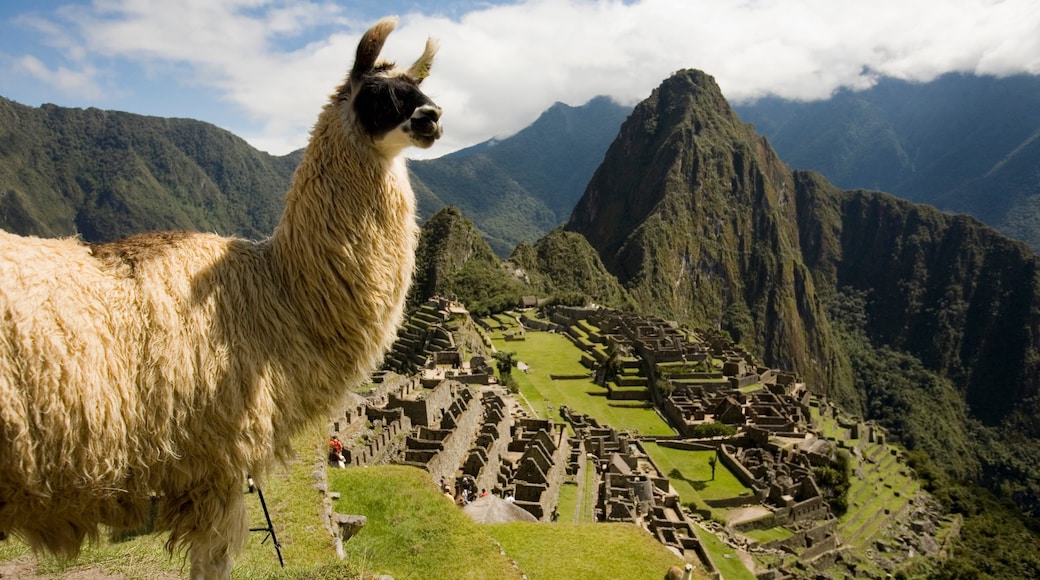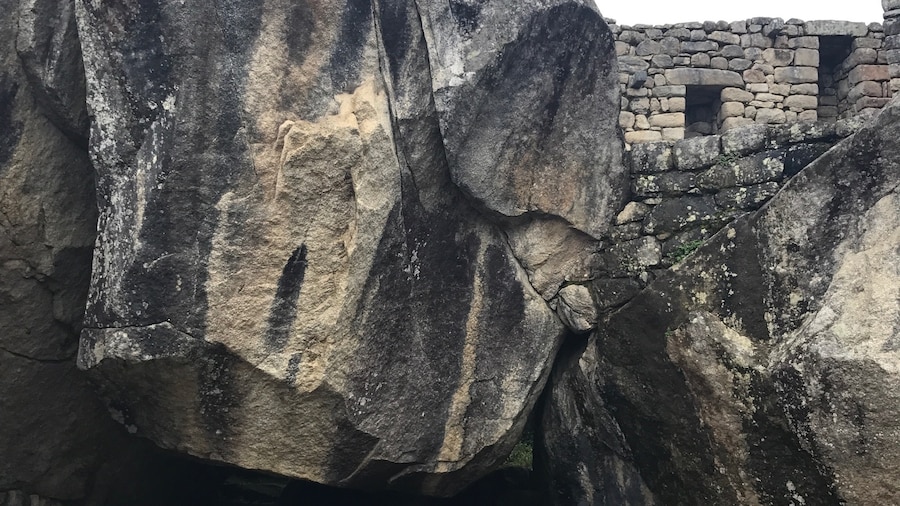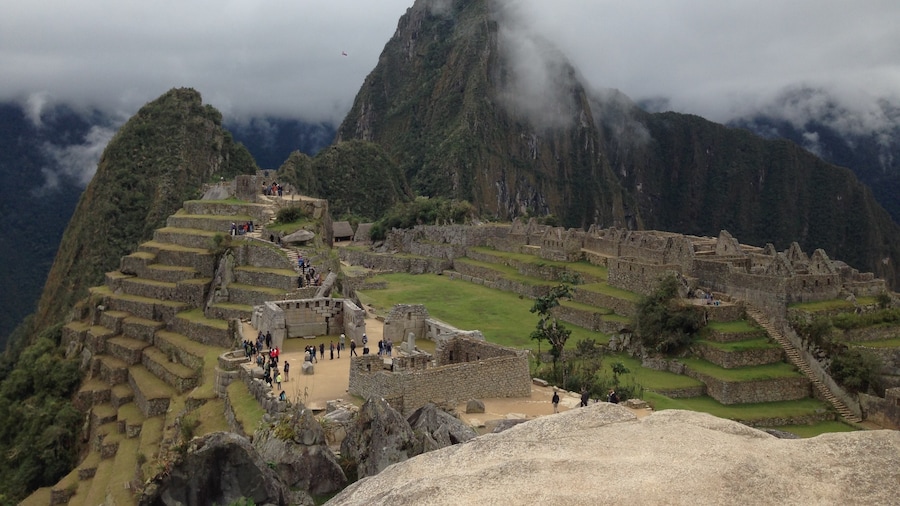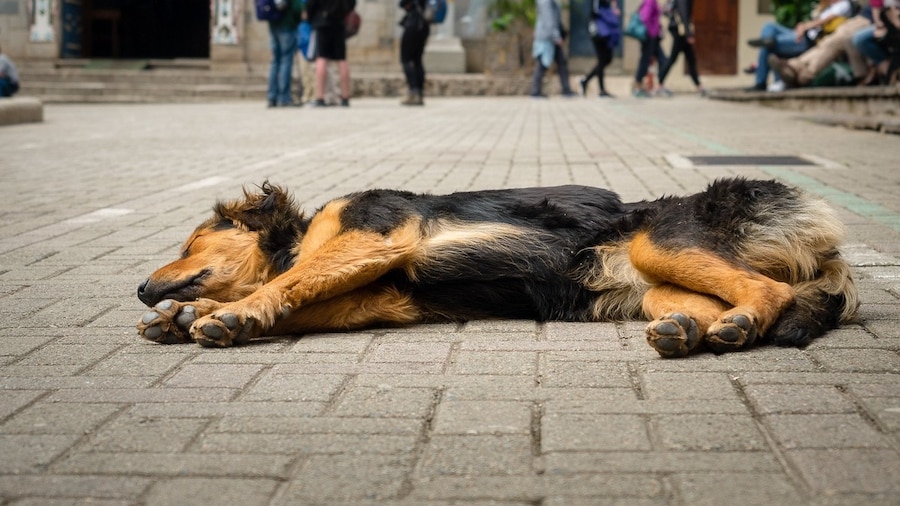The distinctive mountain that towers over the ancient Inca city of Machu Picchu has its own temple ruins and archeological sites.
Rising more than 1,000 feet (305 metres) above the ancient plazas and palaces of Machu Picchu is the rhino horn-shaped peak of Huayna Picchu, also called Wayna Picchu. The mountain is believed to have been a home for high priests and virgins. Hike up to the summit for the views and to see ancient temple ruins.
The path up the ridge of the mountain was created by the Incas and it will take reasonably fit climbers about an hour to get there. Although the climb isn’t technically difficult, it is very steep, narrow and exposed in some sections. The air is thin at this altitude, so stop and rest regularly. As you do so, marvel at the engineering skills of the Incas who carved steps out of the rock.
At the summit you are rewarded with the sight of the ancient ruins of Machu Picchu, mountain peaks in the distance and the Urubamba Valley below. Observe the agricultural terraces that were dug into the sides of the mountain to support crops.
On your way back down, you can make the detour to a cave containing the Temple of the Moon, a former ceremonial shrine. Study the impressive stonework and see the throne carved out of rock. Adjacent to the temple is the Great Cavern, which also served as a temple.
Book in advance to make the journey to Huayna Picchu, because only 400 people are allowed to hike the mountain per day. The first 200 depart early in the morning and the second 200 a few hours later. Make arrangements with a tour company in Cusco or book through the Peruvian government’s website for Machu Picchu. The ticket includes admission to both the ancient city and the peaks. Students get a discount if they show their international card.
You can get to Huayna Picchu by bus or foot from Aguas Calientes or as part of the 4-day Inca Trail. The best time to climb is between June and August. Between November and April tours of the peak may be cancelled due to the wet season.
















